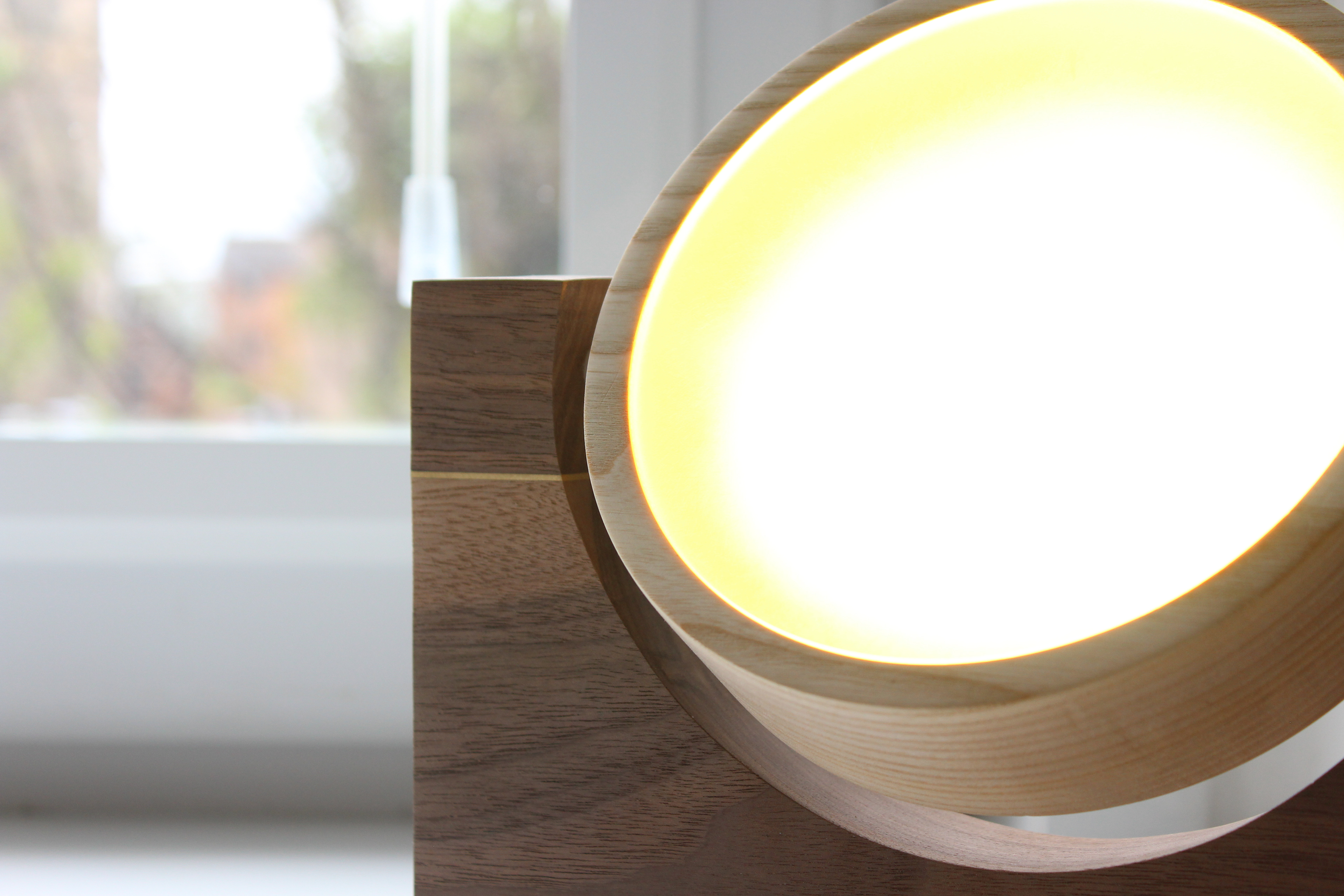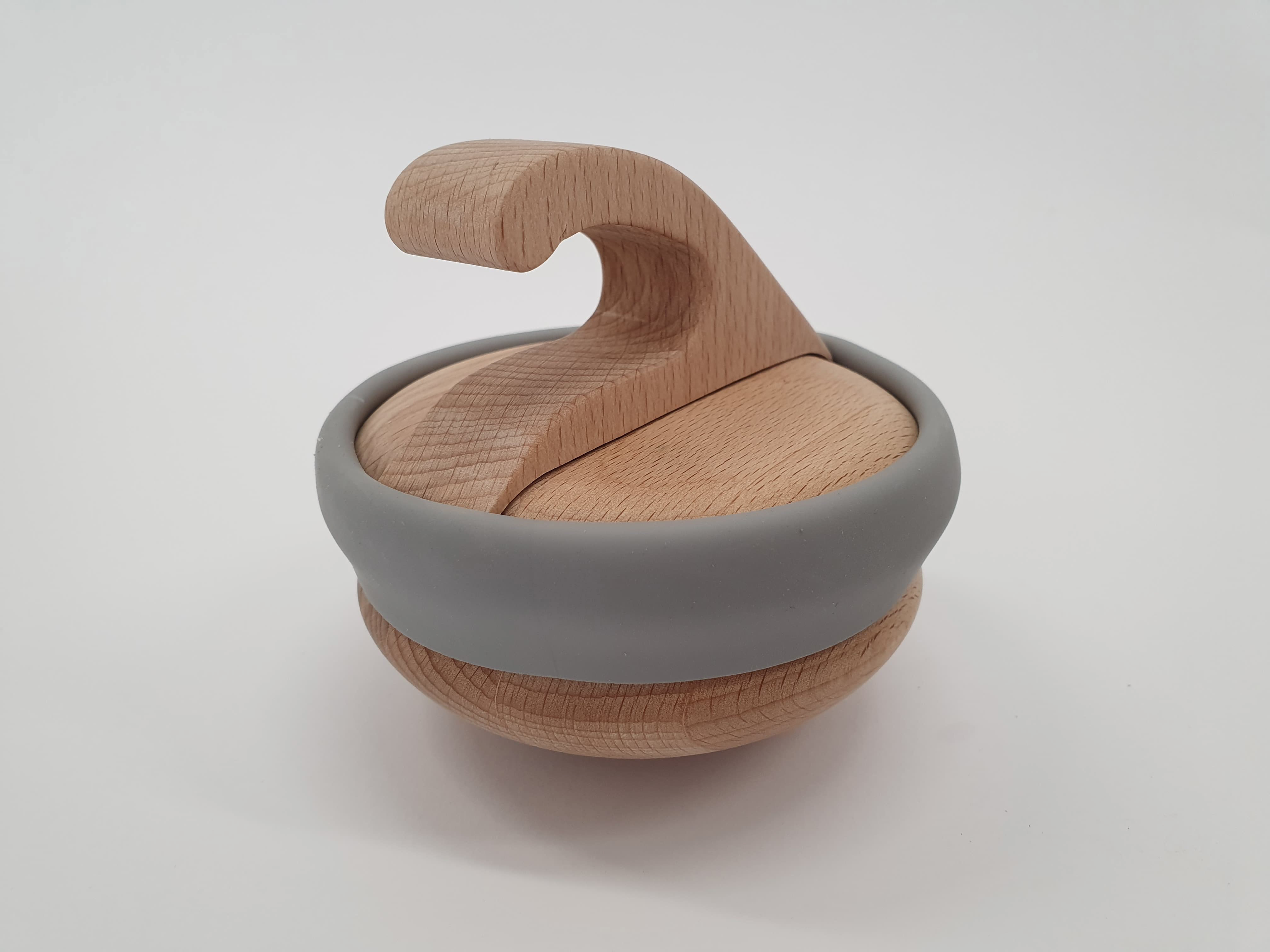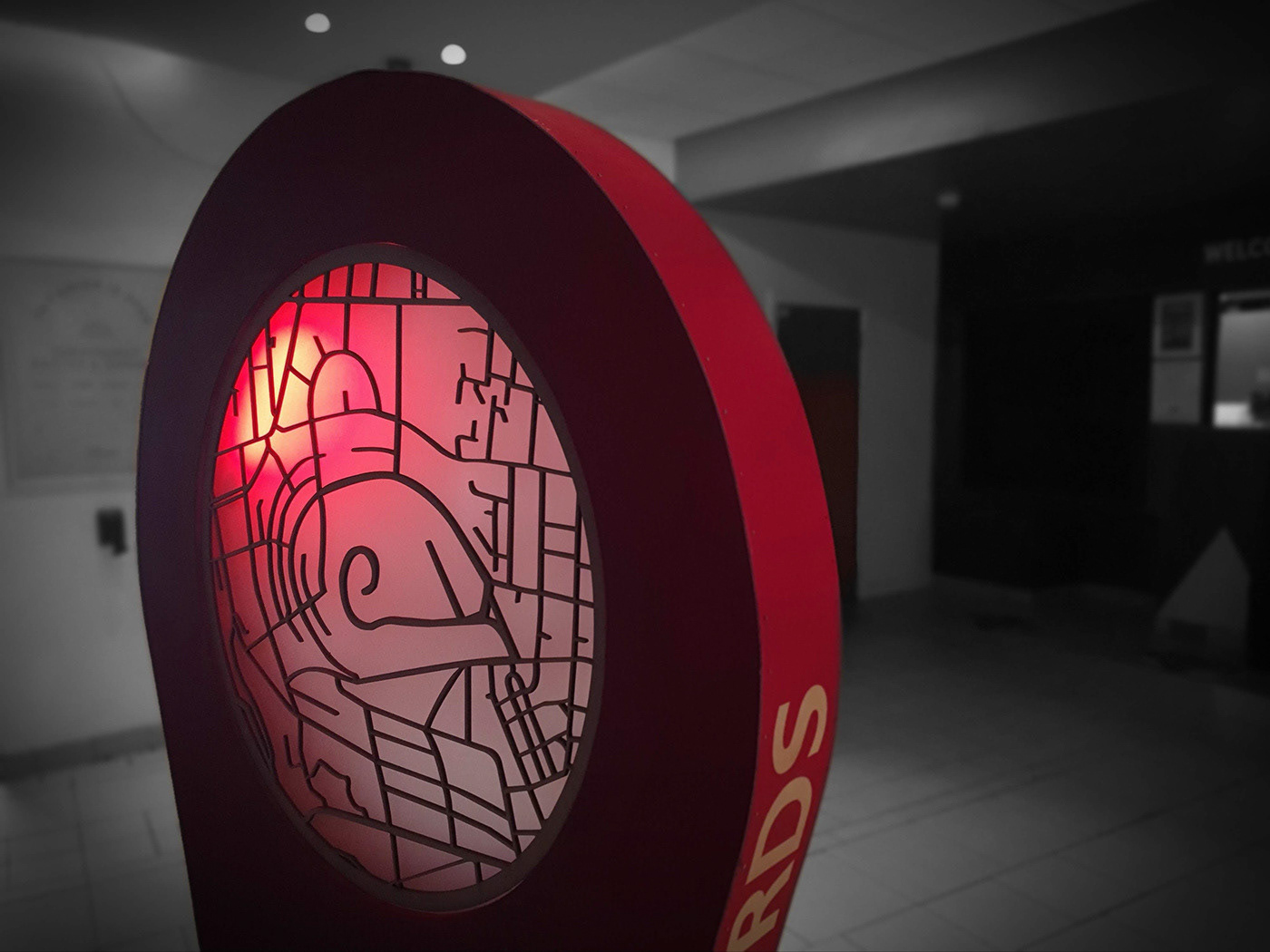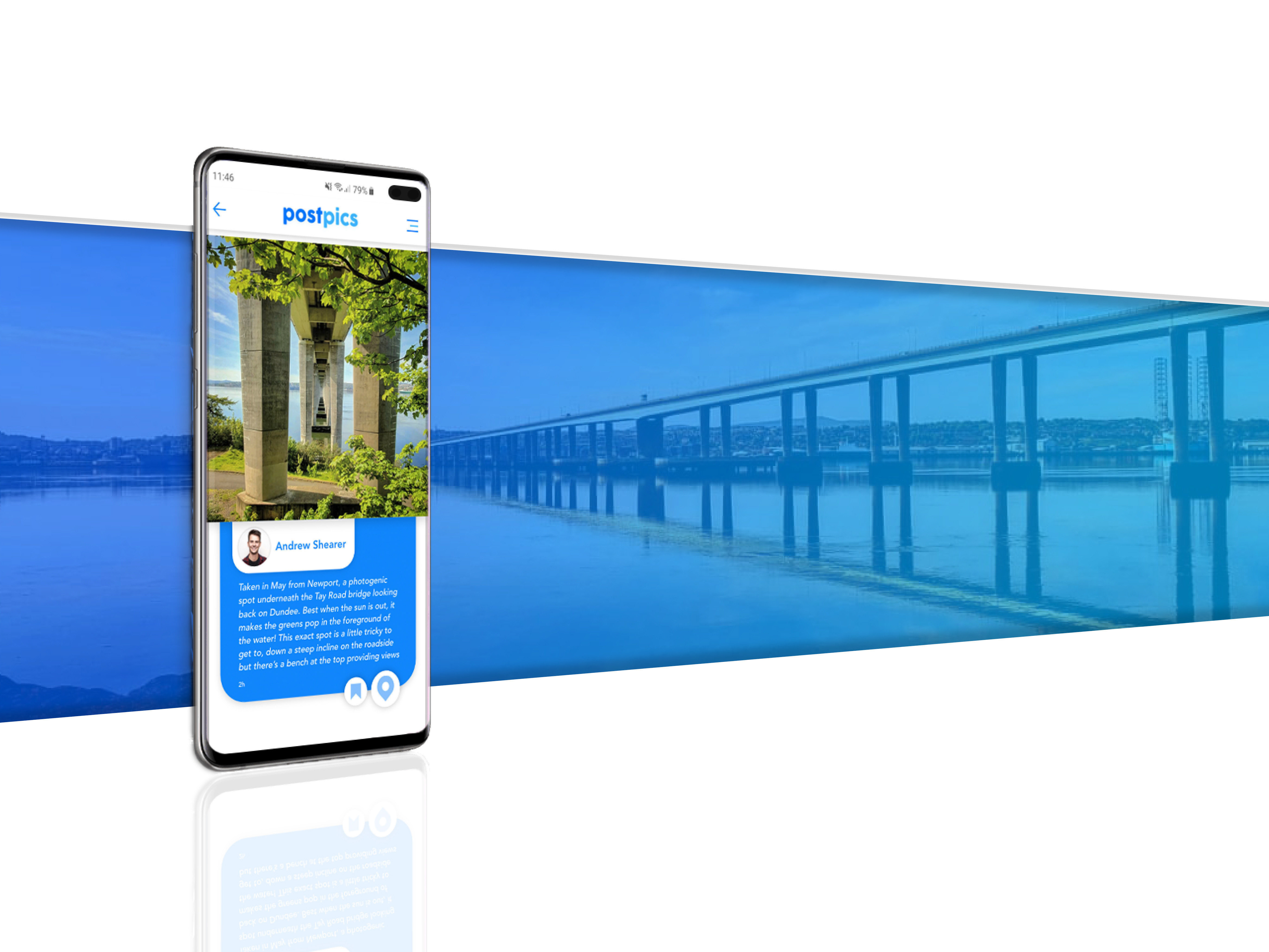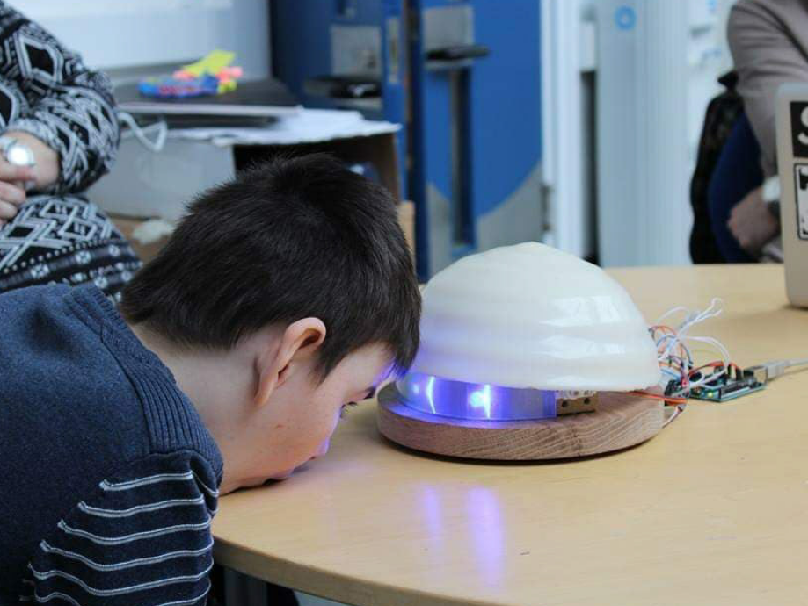Equinox is a high end luxury smart light, designed to fight the stigma of common medical lamps which are used to aid Seasonal Affective Disorder. This product was made for my final honours year project in 2018.
The lamp comes in two parts; a light and a sensor. Using smart technology, the light works in time with the sun to provide the correct amount of blue and white light throughout the day, to keep the circadian rhythm in order. It does this by reading live sunlight levels through the sensor, feeding the data into the lamp along with internet data for time and weather, so that it knows how much alternating light to provide through different times of day.
The simple idea was made in mind of users being able to feel comfortable using a SAD lamp throughout every day life, without the usual medical stigma. My research began with existing SAD lamps, and it was quickly evident that the existing products on the market are wholly white, plastic boxes, which nobody really wants. So, my light contrasts this and is made from high end walnut and ash wood, with brass accents and a face of frosted acrylic.
The light itself was powered with NEO-pixel technology, which provides the accurate amounts of white and/or blue light depending on what data the sensors receive.
Early Prototyping
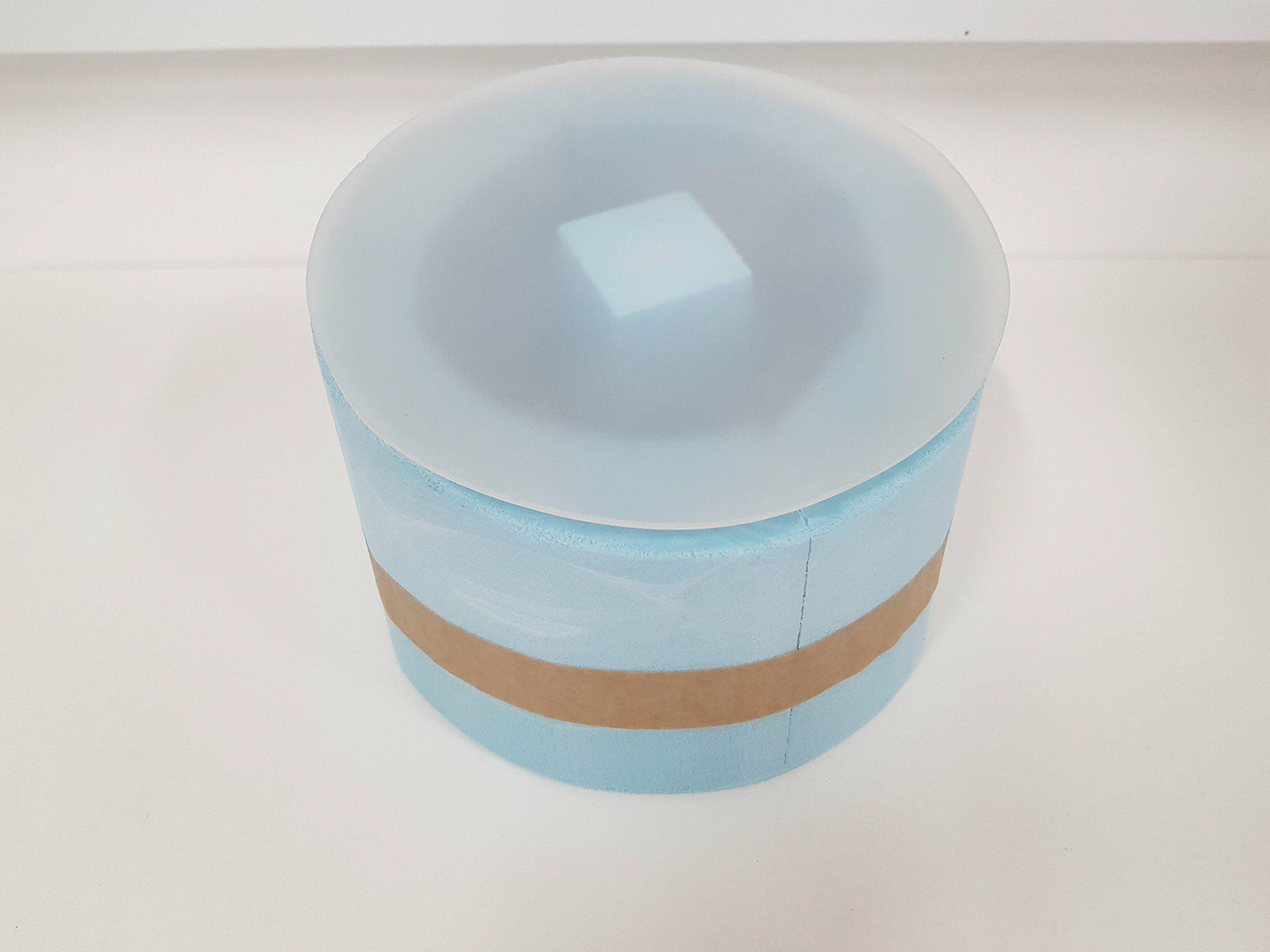
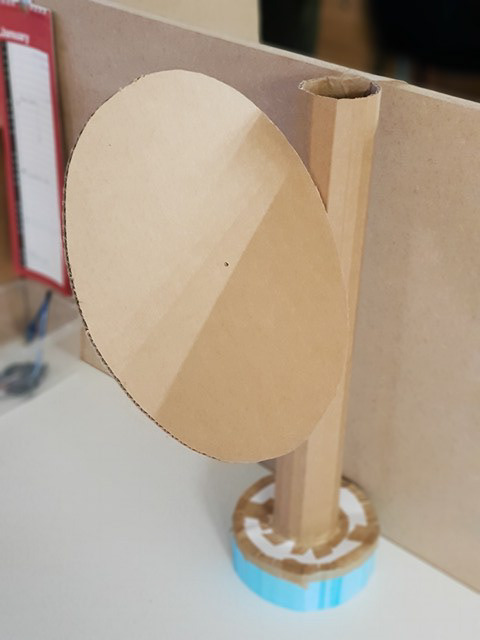

As the main aim of this project was to create a high-end lamp that was both functionally useful and aesthetically appealing, my focus throughout was researching into lighting design and generating strong ideas. Taking inspiration from existing products, from nature and from minimalist design styles, I sketched and prototyped hundreds of potential ideas.
By the end of the idea generation stage, there were 3 main forms that interested me; all of which incorporated a circular area of light to represent the sun. In the end I went with the third model above, because it looks like a sunset, and sunsets are the most beautiful thing. Not only that; but the shape gives the user an ability to tilt and rotate the light more easily, providing freedom with the form.
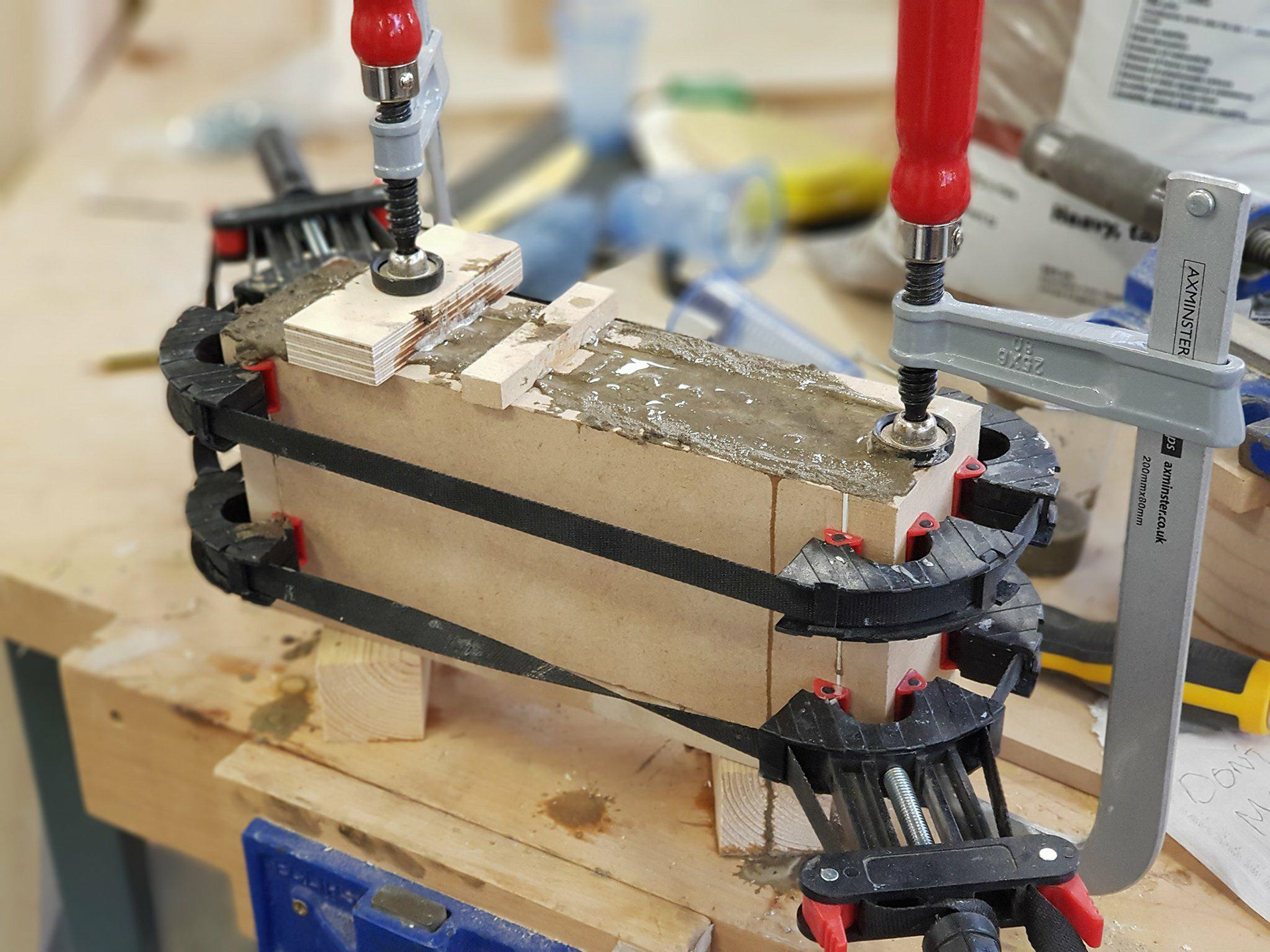
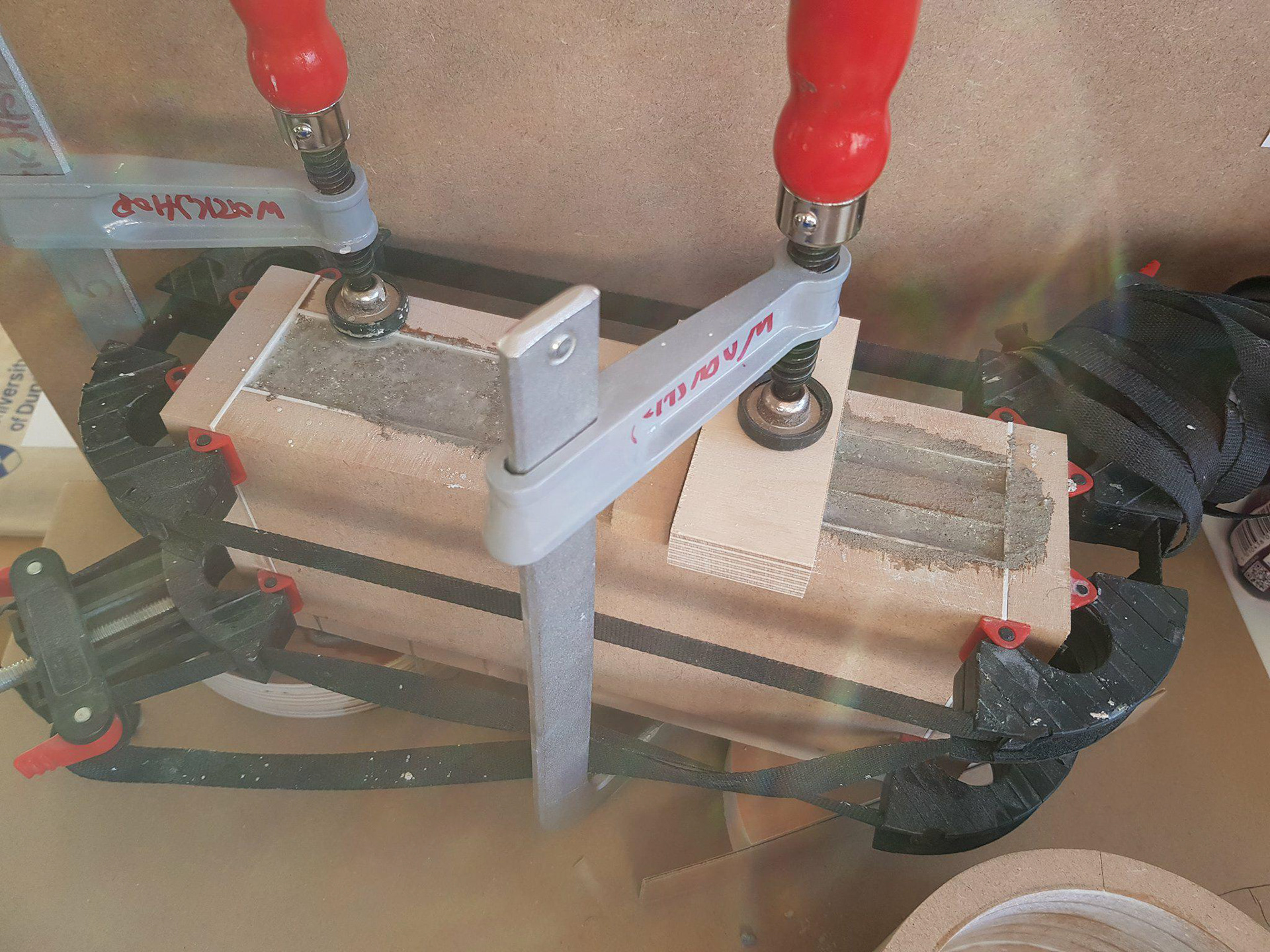
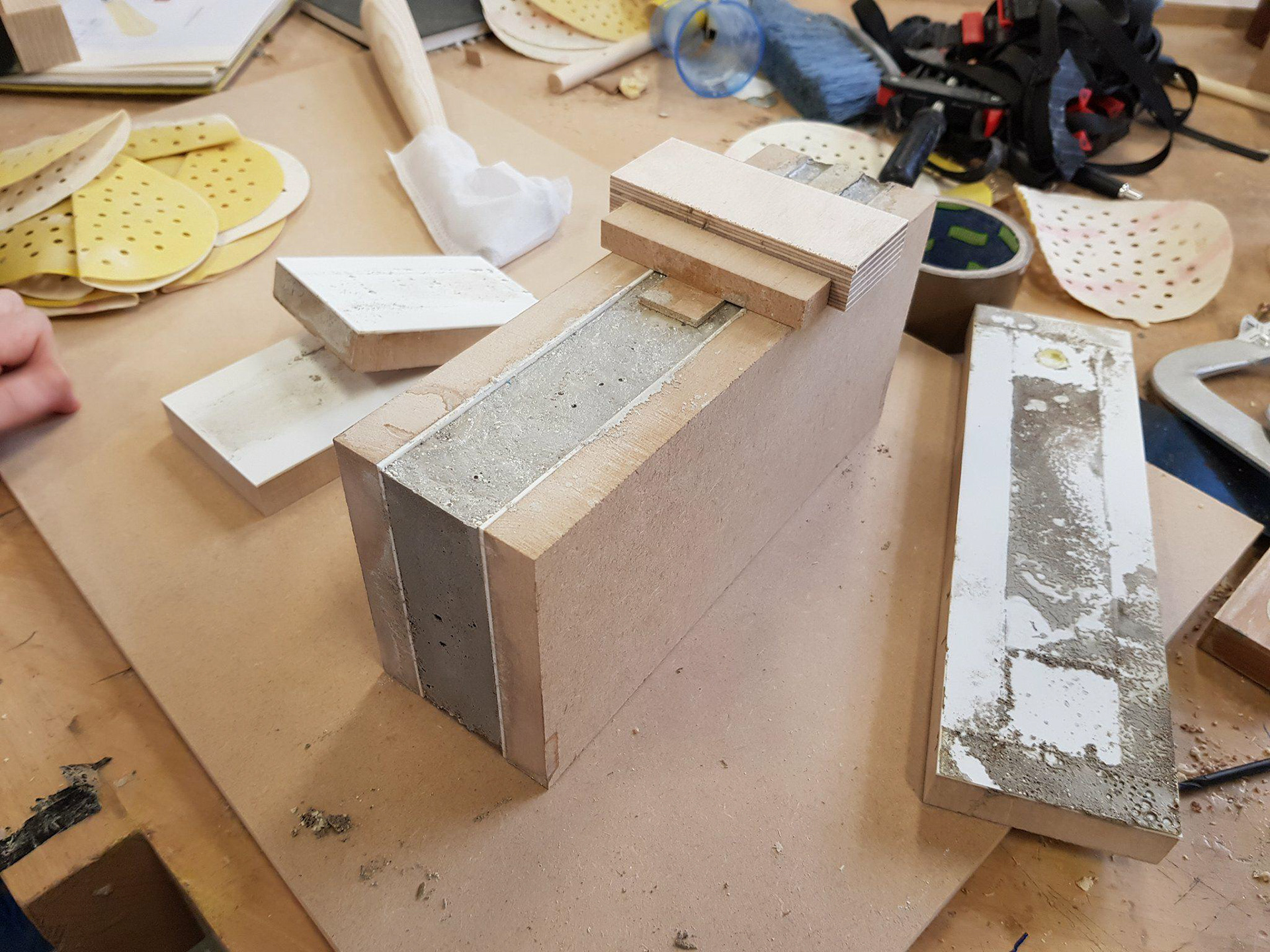

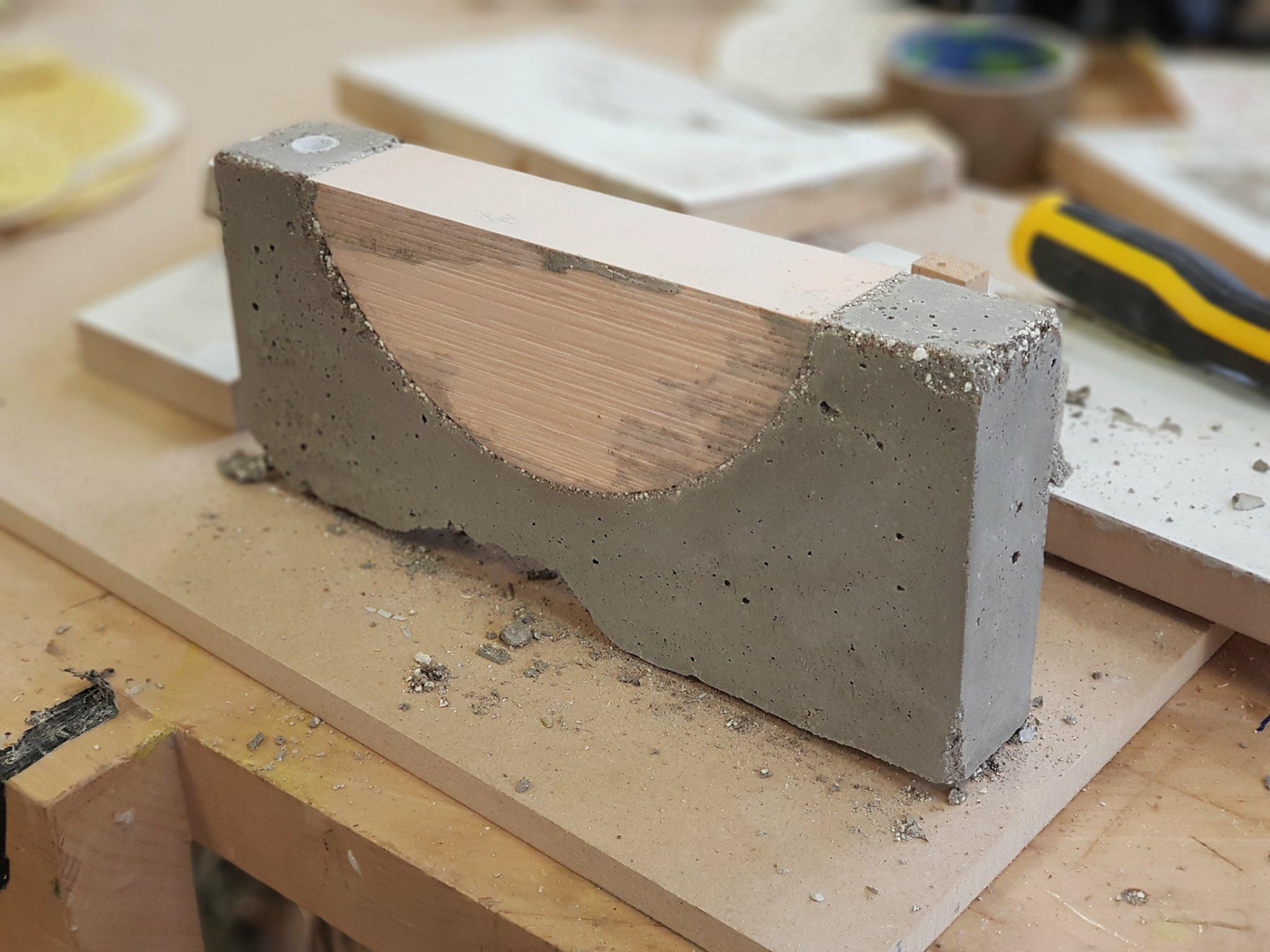
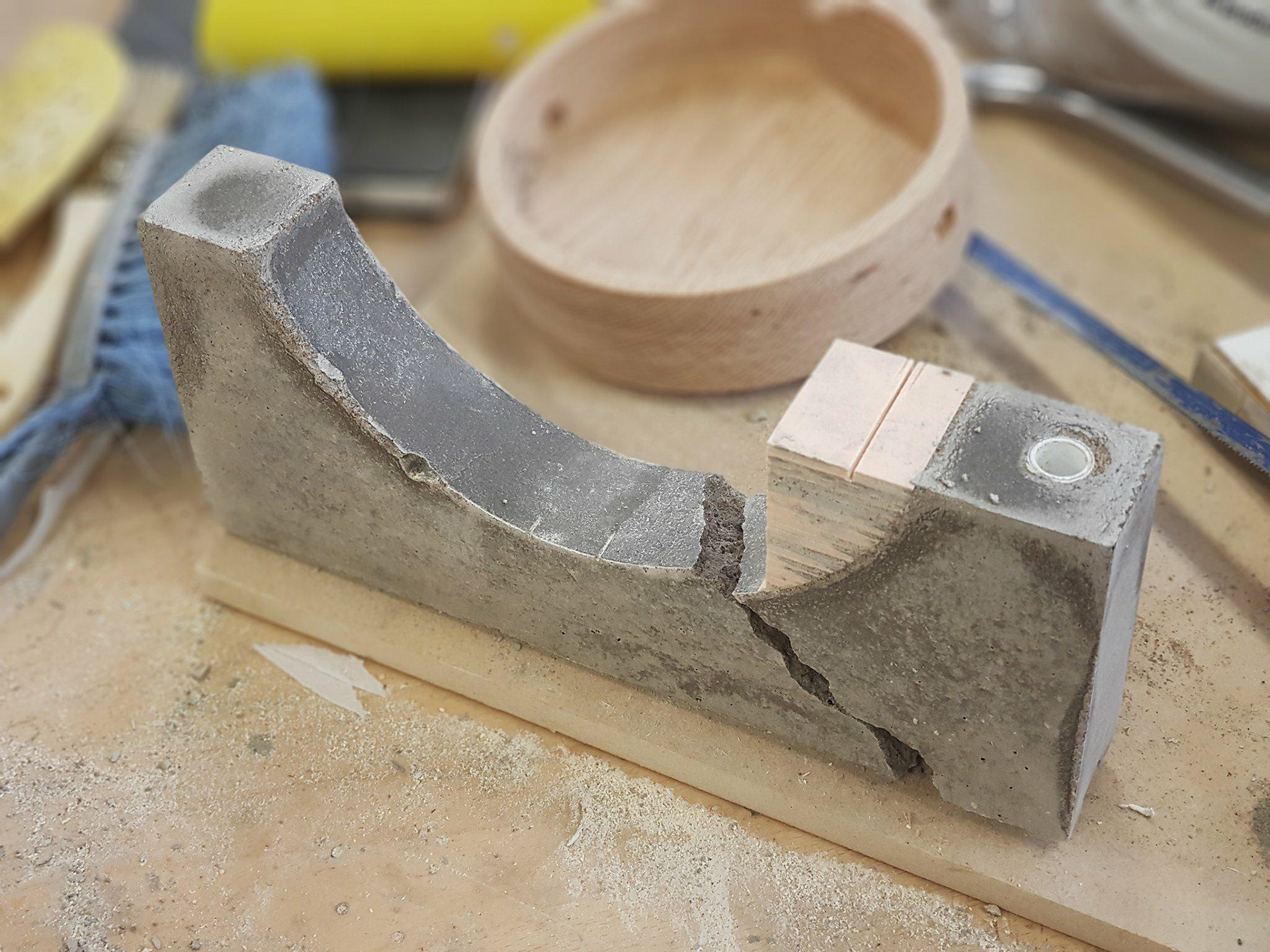
When I started designing a higher fidelity prototype of the lamp, the idea I wanted to run with had a concrete base forming the core of the lamp; a part which would be intricately moulded to house the wires and battery. Through several tried-and-tested attempts, it became apparent that this idea wasn't feasible with the tools were available to me. It was still an interesting learning curve however, and helped me develop the product further.
High Fidelity Prototyping
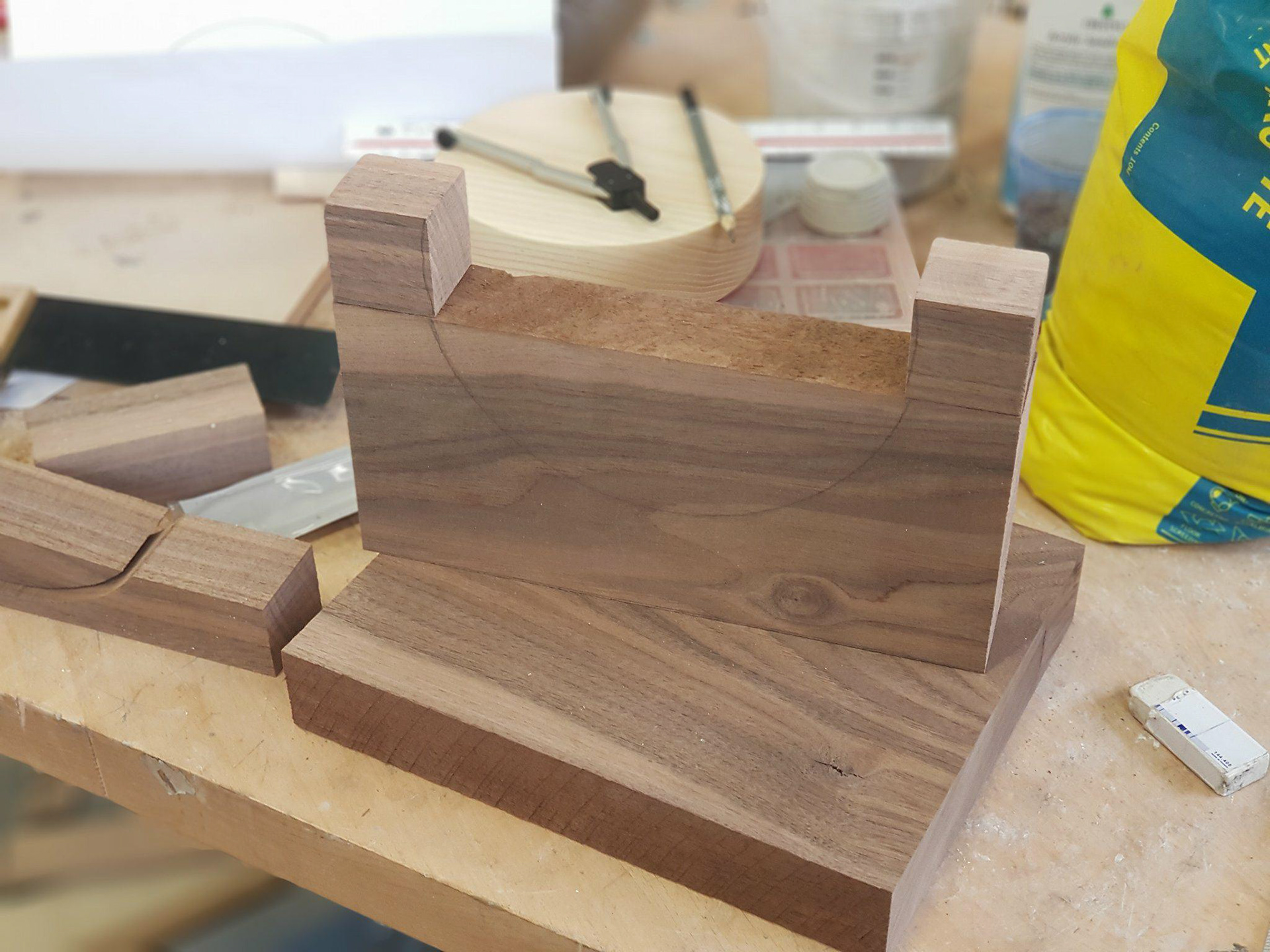
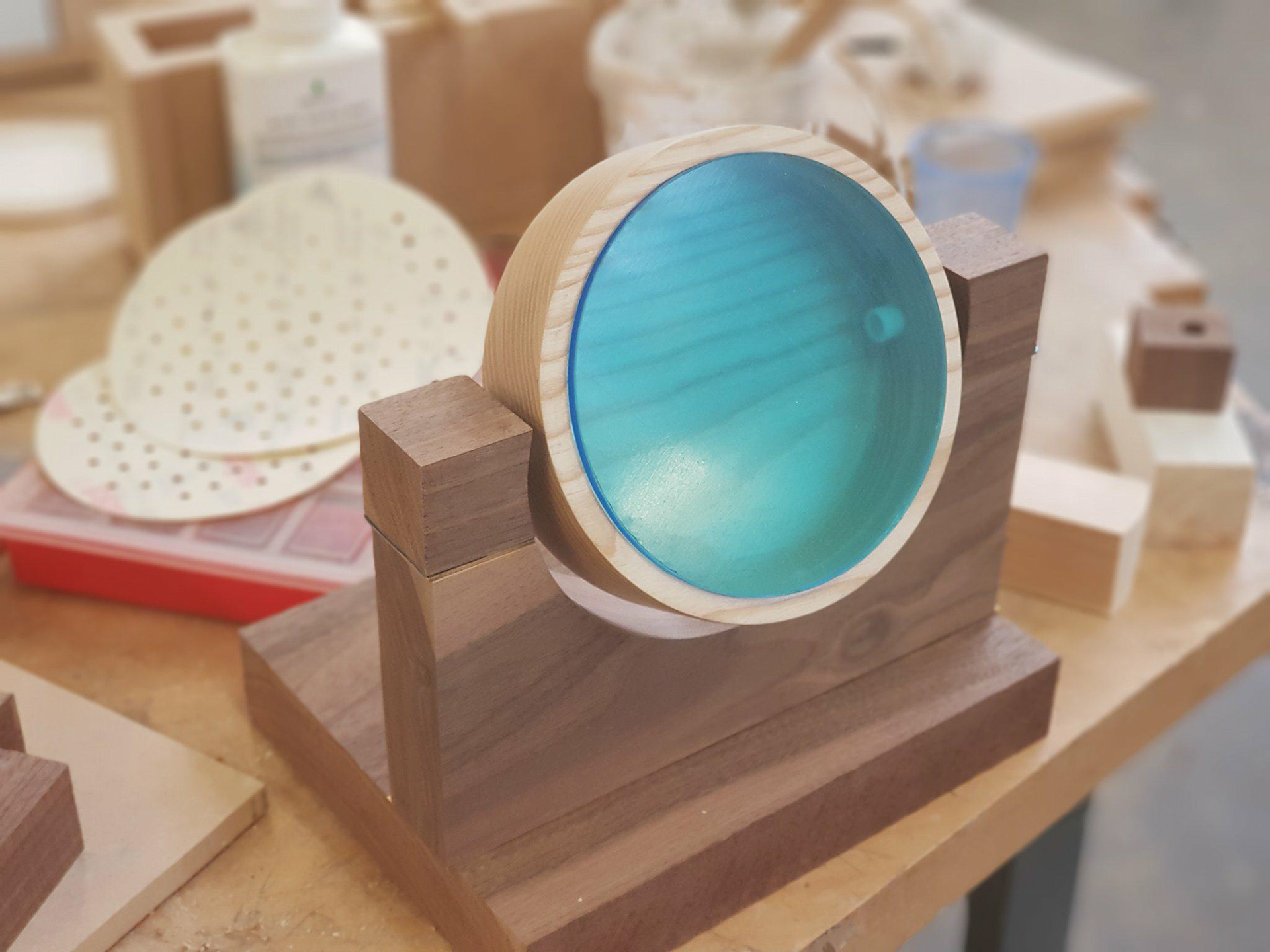
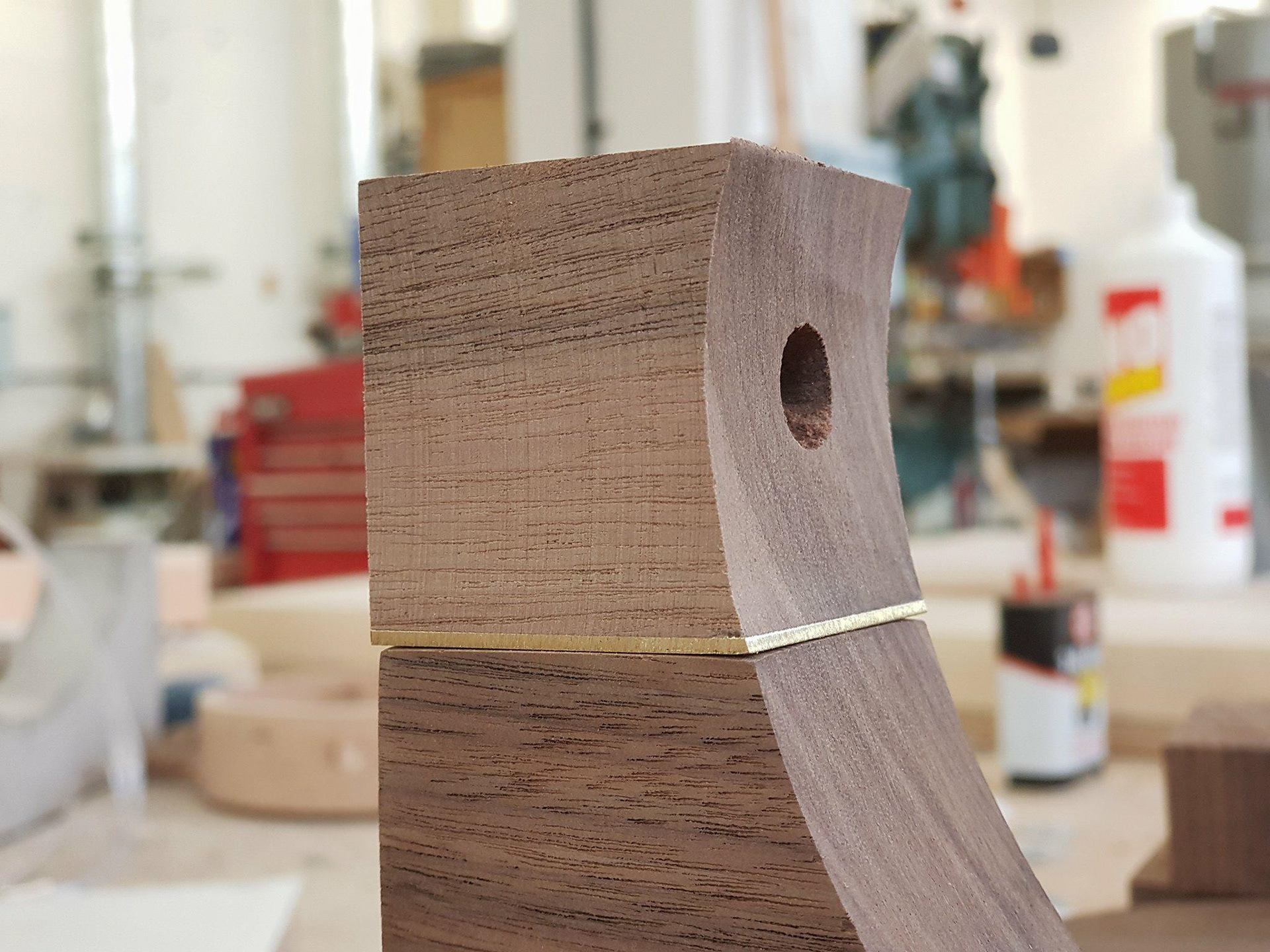
I put my physical making skills to good use creating the final prototype. From carving both pieces of wood to the perfect radial, and then cutting pieces of acrylic and brass to fit perfectly, my meticulous eye wouldn't allow any room for error!
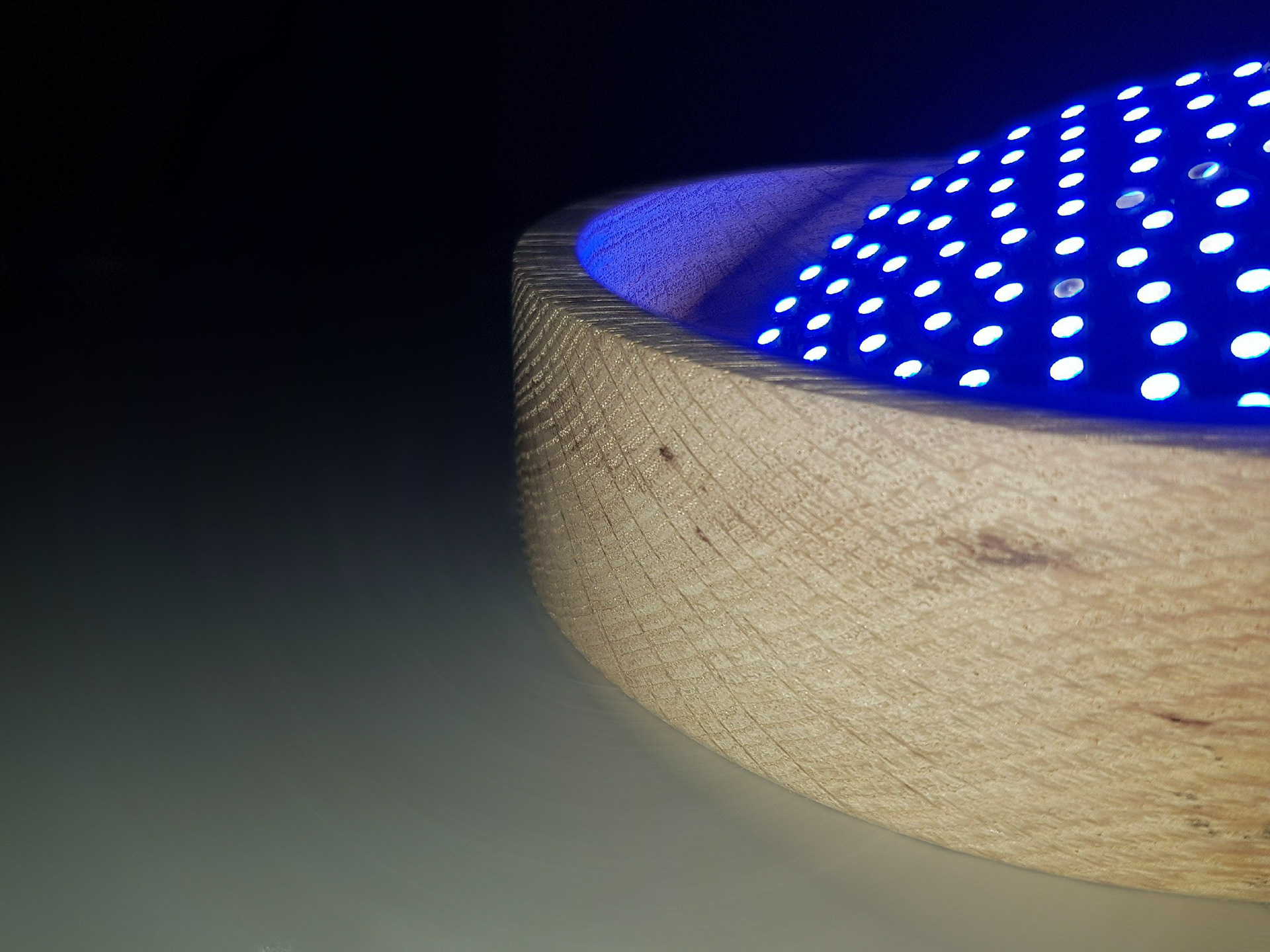
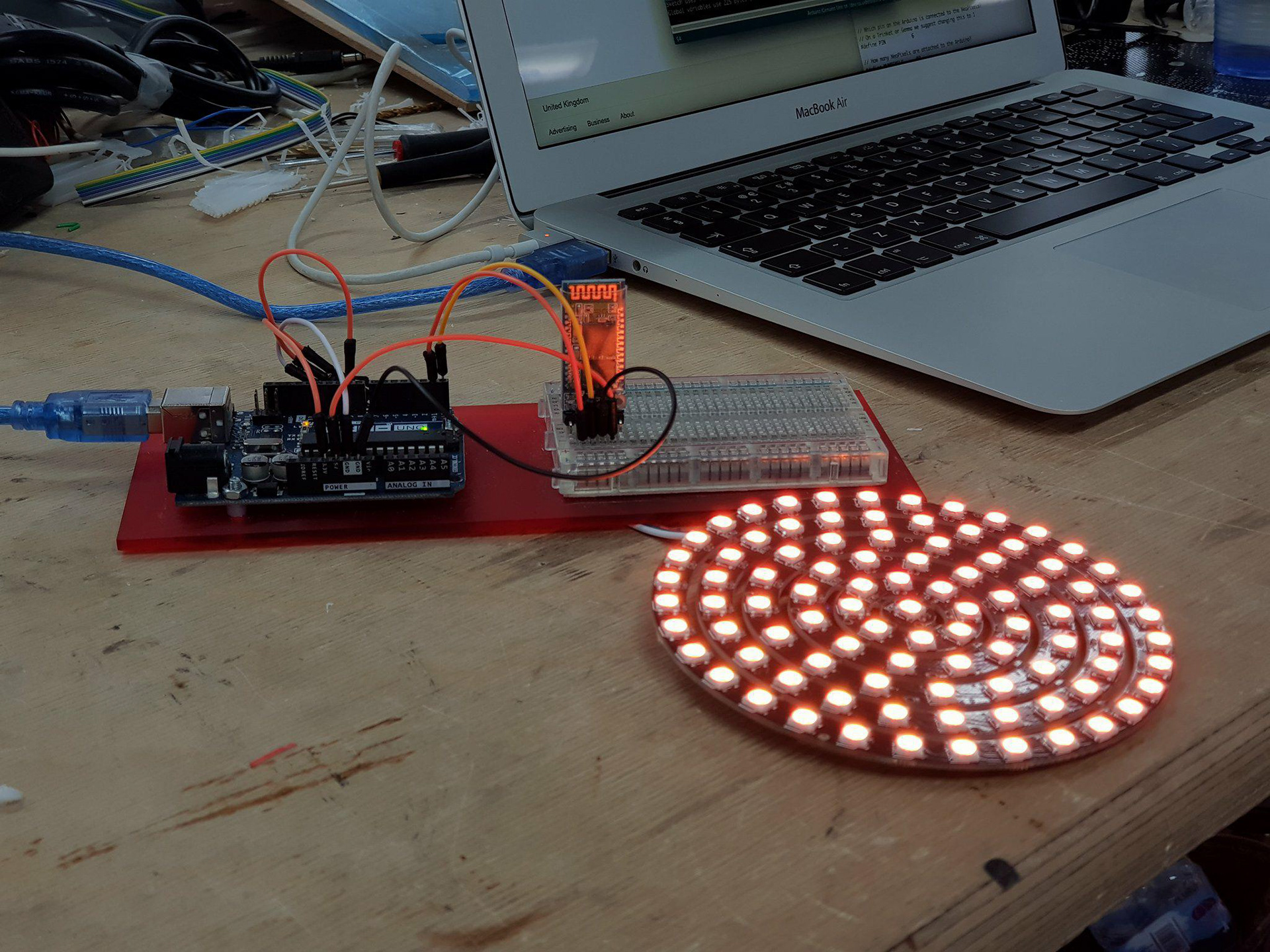
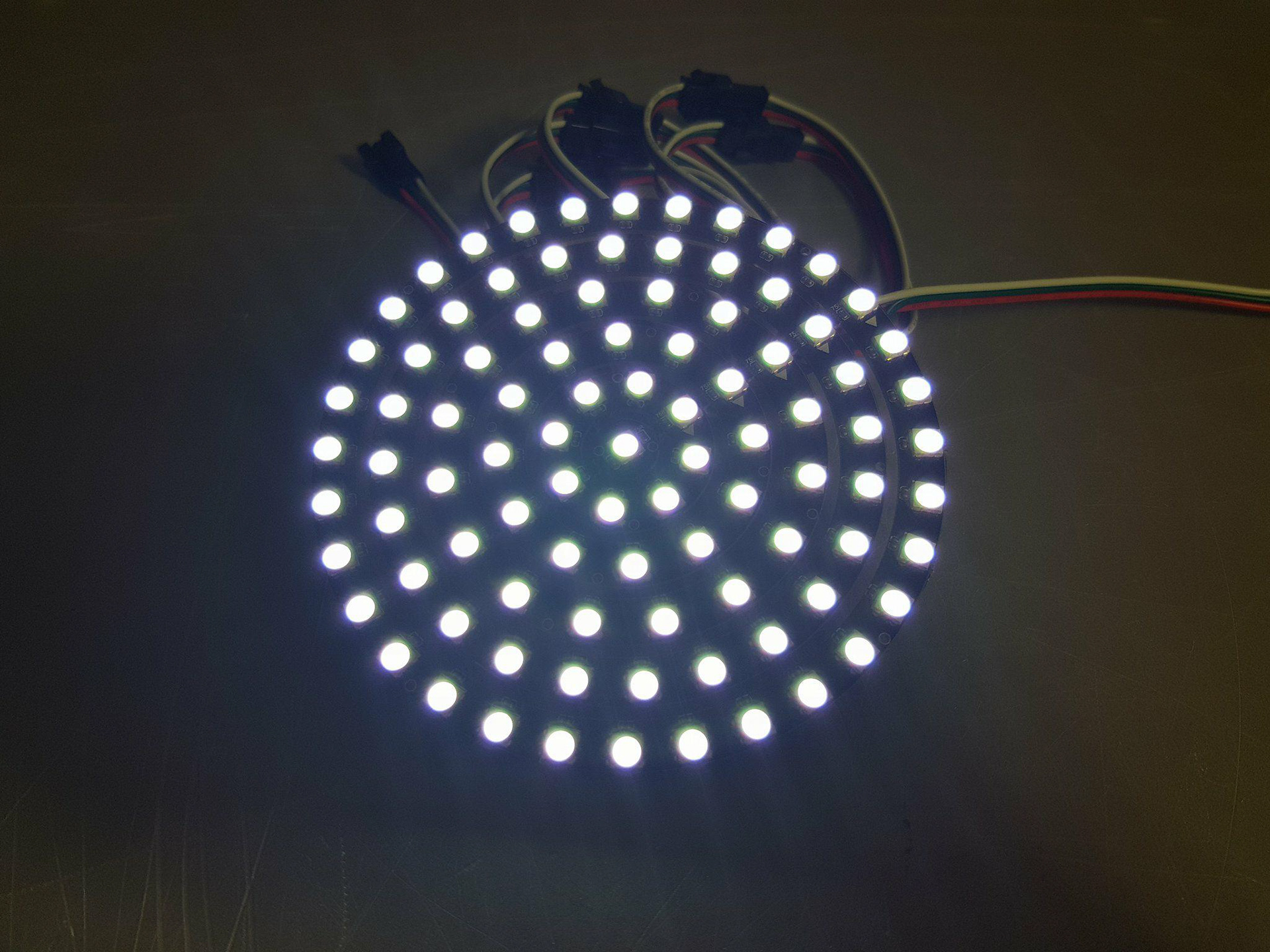

As fo the light, it was programmed using Arduino. It was a simple system; from the light sensor which would be placed outside, all it had to do was record the amount of sunlight it was receiving, and send this data to the lamp. With this, plus using the internet to fetch live weather data, the lamp could then determine how much natural sunlight would be reaching the user, so it could then counteract what the sensors were detecting to help balance the light in the room, to therefore help balance the circadian rhythm. Plenty of sunlight on a sunny forecast? Less blue light is needed. Very little sunlight, but at 10pm at night? Still, less blue light, because it works with time too. Midday and little sunlight being picked up? Bump up the blue light, it helps you stay awake and alert as you should be at this time of day!
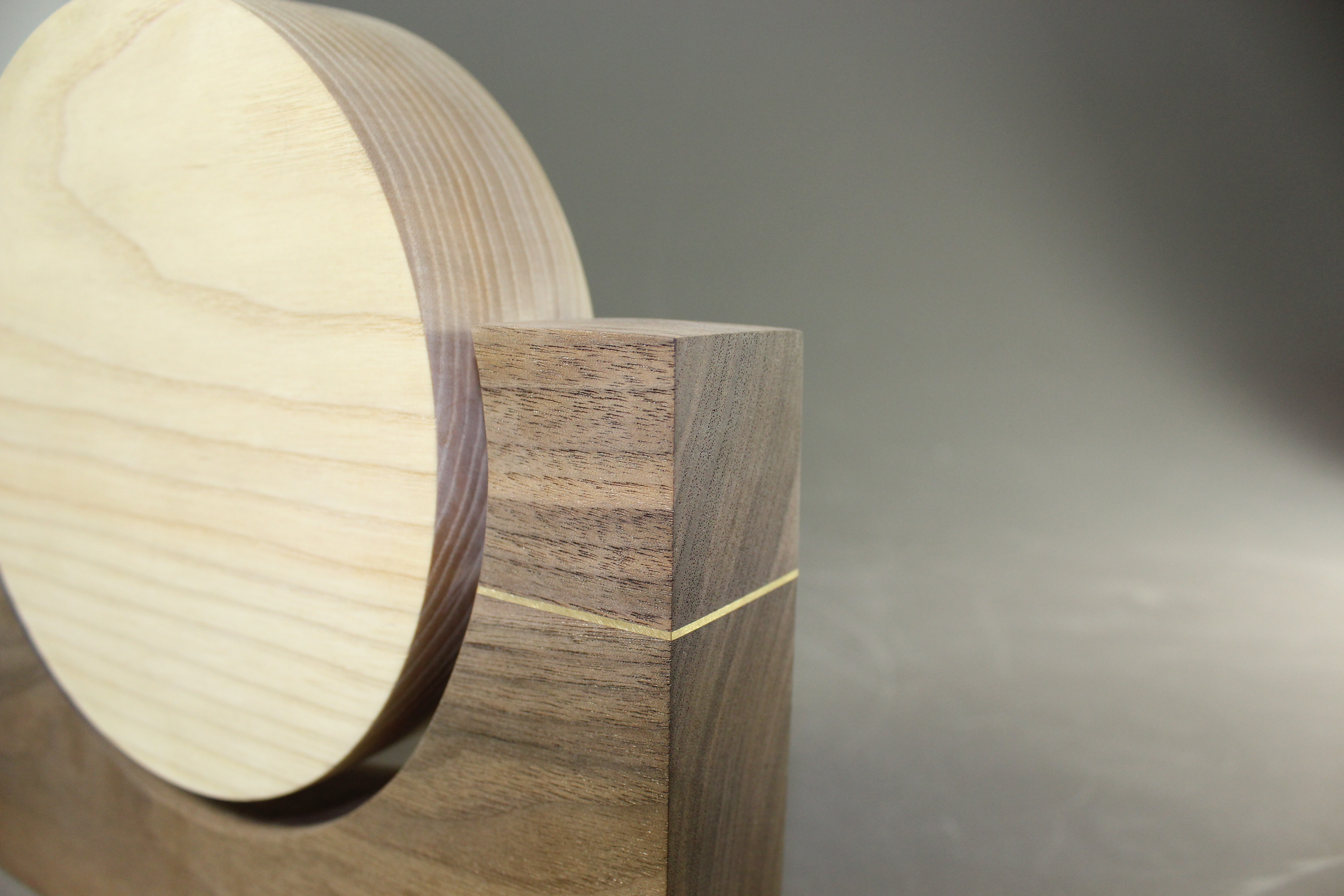


Throughout this project, my focus was mostly on product refinement and research. With or without the SAD Aid capabilities, I created a well considered and refined product that could be used in real life. Then with the extensive research I did on Seasonal Affective Disorder, I made technological decisions programming the lamp to successfully work in the aid of people who suffer from the disorder. All in all I was pleased with the final product; which I exhibited at the London New Designers 2018 exhibition.
